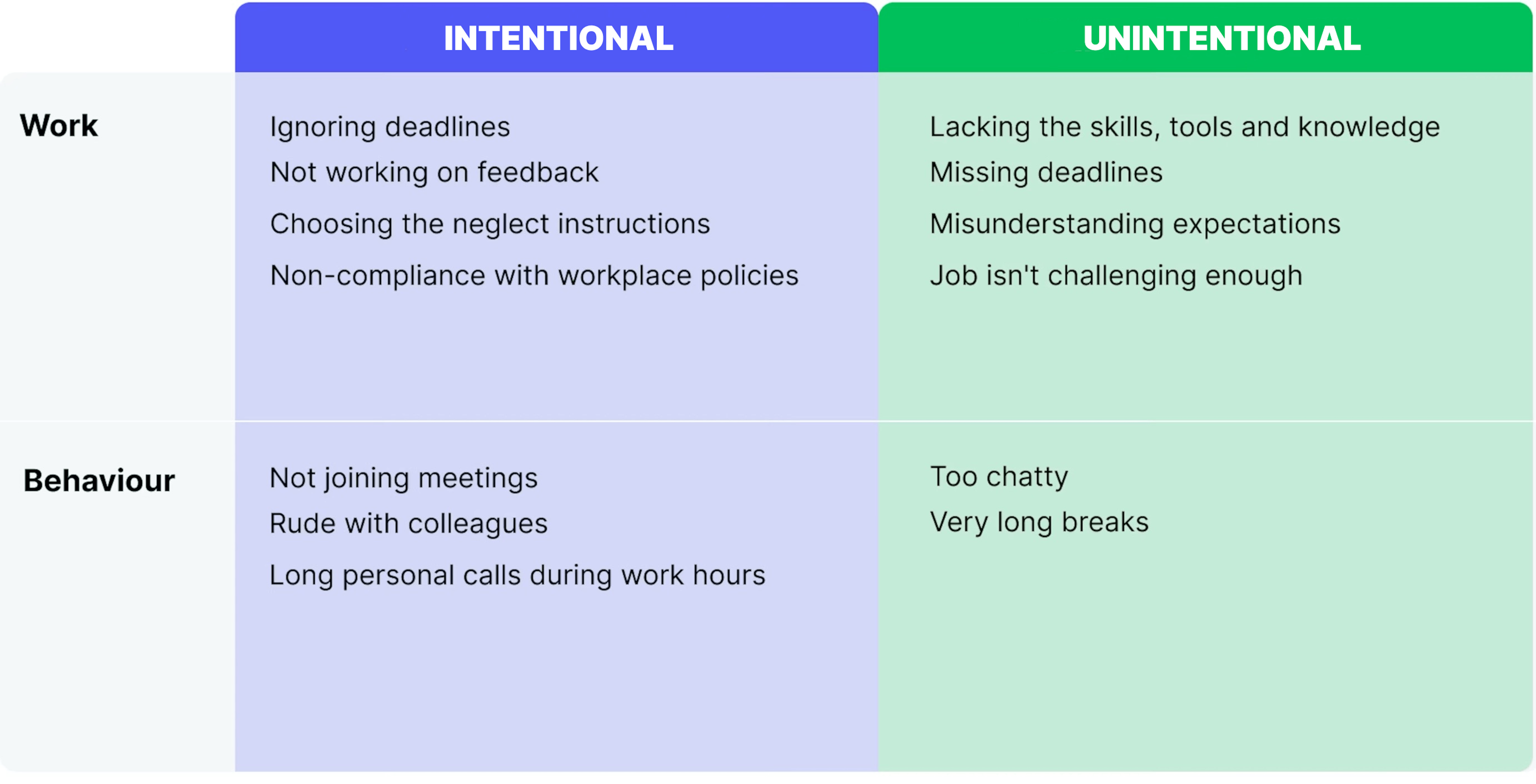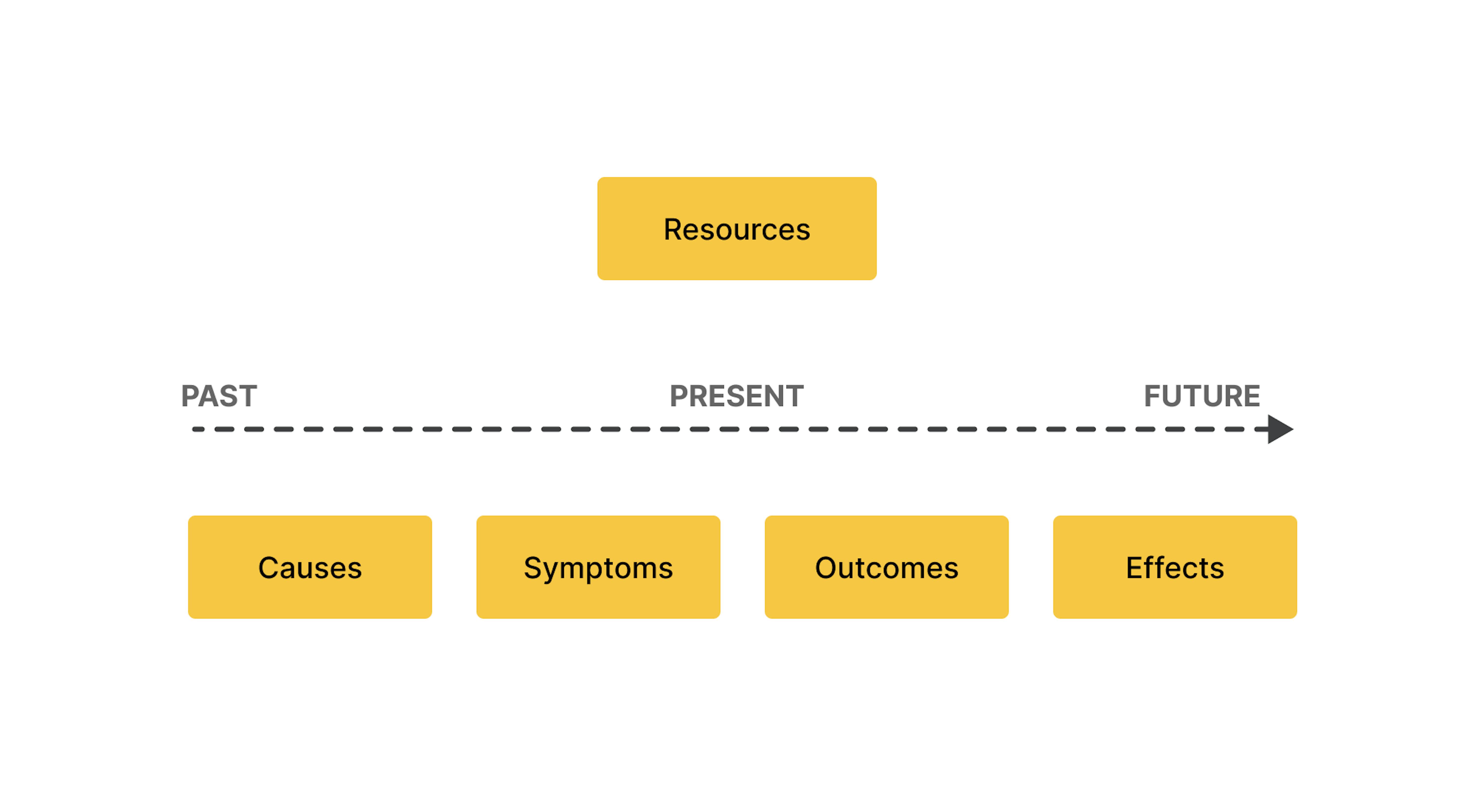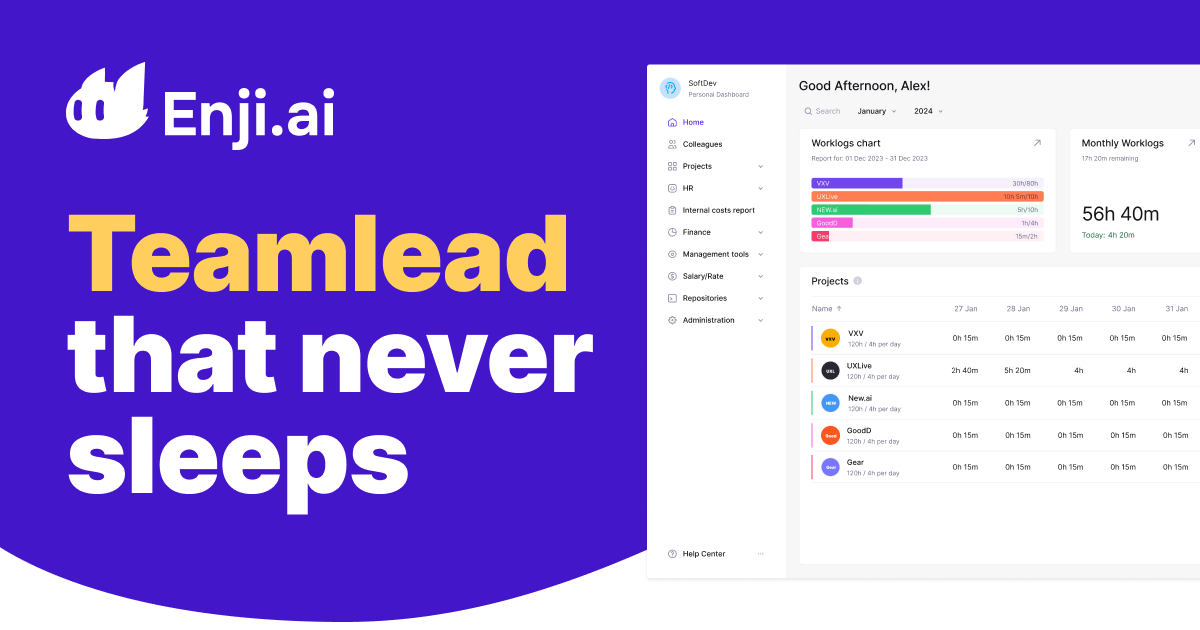Do you have low performers on your team? It happens to the best of us—sometimes team members struggle to meet expectations. While letting someone go may seem like the easiest solution, it's not always the most effective. Often, with the right approach, low performers can be turned into valuable contributors.
This article introduces the S.C.O.R.E. model, a powerful framework designed to help managers effectively manage and motivate underperforming team members. This model, inspired by the NLP (Neuro-Linguistic Programming) principles, goes beyond simply addressing weaknesses. Instead, it focuses on building confidence, setting clear goals, and providing ongoing support for improvement. Before making a management decision, gathering information, understanding cause-and-effect relationships, seeing the big picture, and finding a solution is essential.
The problem of a low-performing team
Low-performing team members can pose significant challenges to a team's productivity and morale. Here are some common issues associated with low performance:
- Decreased team morale — Low-performing team members can negatively impact team morale, leading to decreased motivation, engagement, and job satisfaction among other team members.
- Missed deadlines — When team members consistently underperform, it can lead to missed deadlines and delays in project completion.
- Increased workload on others — Low-performing team members often require additional support and supervision, which can increase the workload on other team members.
- Wasted resources — Investing time and resources in a team member who is not performing up to par can be inefficient and costly.
- Negative impact on team culture — A low-performing team member can create a negative work environment, affecting overall team culture and productivity.
Poor performance is not solely tied to an employee's tasks and responsibilities; it can also stem from behavioral issues that adversely affect their coworkers. Typically, a low-performing employee is one who struggles to meet established goals and expectations.
Understanding this, there can be both intentional and unintentional factors contributing to an employee's underperformance. What are these factors?

It's crucial to delve into the underlying causes of poor performance in a team or individual. Often, the reasons for underwhelming results are more complex than simply attributing them to a lack of skills. Factors contributing to poor performance could include the nature of the current project, where the demands might not align with the employee's strengths or interests.
Additionally, management oversights, such as unclear expectations, inadequate resources, or insufficient support, can hinder performance. If employees are not provided with the necessary tools or guidance to succeed, it can create an environment where they struggle to meet objectives.
Team dynamics also play a significant role. A mismatch in values, communication styles, or work ethics between the employee and the team can lead to discomfort.
Furthermore, external factors outside of work, such as personal challenges or stressors, can impact an employee's focus and productivity. However, these issues may not be immediately apparent and require sensitivity and understanding to address.
If you identify that the root causes of poor performance are indeed situational or contextual rather than personal failings, a constructive approach would be to offer the employee an opportunity to explore a different role or team.
One of the good methods to improve team performance is to use S.C.O.R.E model. The model serves as a framework for gathering information across five components. Afterward, only the project manager decides how to use this data to improve performance.
What is S.C.O.R.E. model
According to Robert Dilts, the S.C.O.R.E. model was developed in 1987 in collaboration with Todd Epstein. They observed that their own problem-solving approaches were more effective than those of their advanced NLP students.
Upon analyzing their methods, Dilts and Epstein identified five key components that they consistently considered when addressing challenges:
- Symptoms: The immediate signs or indications of a problem.
- Causes: The underlying factors or conditions that contribute to the problem.
- Outcomes: The desired goals or results.
- Resources: The available tools, skills, and support for addressing the problem.
- Effects: The potential long-term consequences or outcomes of the problem.

In essence, the S.C.O.R.E. model facilitates moving from the present, problematic state to a future, desirable one. The five steps of the S.C.O.R.E. model can be grouped into three key phases:
- Problem state: This describes the current situation, including both visible symptoms and their underlying causes.
- Solution state: The future state defines the desired outcome and the positive effects that will follow if this state is achieved.
- Intervention: This phase involves activating the necessary resources and strategies to move from the present problem state to the desired solution state.
This process is often guided by a project manager or coach to ensure that the transition is well-supported and successful.
Using the S.C.O.R.E. model to improve team performance
The implementation of the S.C.O.R.E. model is future-focused, but it also takes into account both the present situation and its roots in the past. To effectively manage low performers, it's essential to ask targeted questions that clarify each component of this model.
Below are sample questions for each section to help guide your conversation with the underperforming employee.
1. Naming the symptoms
The first step is identifying the visible signs of the problem. This is the foundation for step-by-step change. Helpful questions include:
- What challenges are you currently facing in your role?
- What specific behaviors or results are not meeting expectations?
By recognizing the symptoms, both manager and employee can agree on the areas that need immediate attention.
2. Identifying the causes
Symptoms are only the surface of the issue; understanding their underlying causes is essential for lasting change. Helpful questions here include:
- What do you think is contributing to these performance issues?
- What obstacles are preventing you from improving?
- Is there anything or anyone benefiting from the current situation staying the same?
Identifying the root causes will help both parties understand why the issues exist and what may be blocking progress.
3. Defining the outcome
The outcome describes the desired future state—how things should look once the problem is resolved. Setting clear goals gives direction. Useful questions include:
- What results do you want to see instead of the current performance challenges?
- What goals are you aiming to achieve in your role?
This helps the employee envision a clear and actionable end result, giving them motivation to improve.
4. Determining the desired effects
This step addresses the broader impact of reaching the goal. It focuses on motivation and the long-term benefits of success. Helpful questions include:
- How will improving your performance benefit you, your team, and the organization?
- What impact will it have on your professional growth?
- What insights or skills will you gain from reaching your goals?
Understanding the broader effects of their improvement can boost the employee's intrinsic motivation to make lasting changes.
5. Activating resources
To move from problem to solution, it's important to identify and activate the necessary resources. Resources can be anything from skills and experience to tools, financial support, or even beliefs that empower progress. Ask:
- What resources (skills, tools, support) do you have that can help you improve?
- Have you overcome similar challenges before? How did you do it?
- What knowledge, skills, or contacts will help achieve the goal?
Equipping employees with the right resources fosters confidence and reinforces the message that they are not alone in this process.
The beauty of the S.C.O.R.E. model is its flexibility. After addressing the Symptoms, you can navigate through the other components in any order, depending on the needs of the individual. There's no set structure or timeline—let your intuition and the flow of the conversation guide you.
By following the steps outlined in the S.C.O.R.E. model, managers, and teams can systematically work toward resolving problems and achieving goals. Documenting the insights gained at each stage is essential to ensure clear actions are taken. This documentation can guide ongoing efforts to address issues and foster sustained improvement.
Tips for using the S.C.O.R.E. model
There are some tips that managers can more effectively utilize the S.C.O.R.E. model to turn underperformance into an opportunity for growth and development:
- Create a safe space — Establish a trusting and open environment where the team member feels comfortable discussing their challenges.
- Active listening — Practice active listening to understand the team member's perspective fully.
- Tailor support — Develop a personalized plan based on the specific needs and challenges of the individual.
- Follow up — Regularly monitor the team member's progress, providing continuous support, guidance, and constructive feedback to ensure long-term improvement.
To wrap up
Managing low performers doesn't have to mean tough conversations or immediate dismissals. With the S.C.O.R.E. Model, you can approach the situation strategically, using questions that promote understanding, goal-setting, and personal accountability. By doing so, you can transform underperformance into an opportunity for growth and development—both for the individual and the team as a whole.
If you're facing challenges with team performance, Mad Devs can help. Get a free consultation today to explore how we can help you improve team dynamics and productivity.












